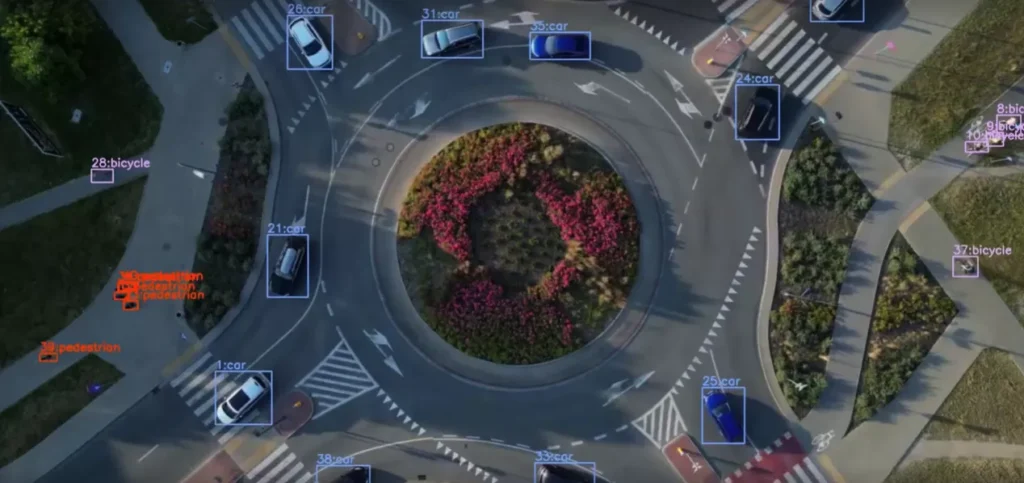
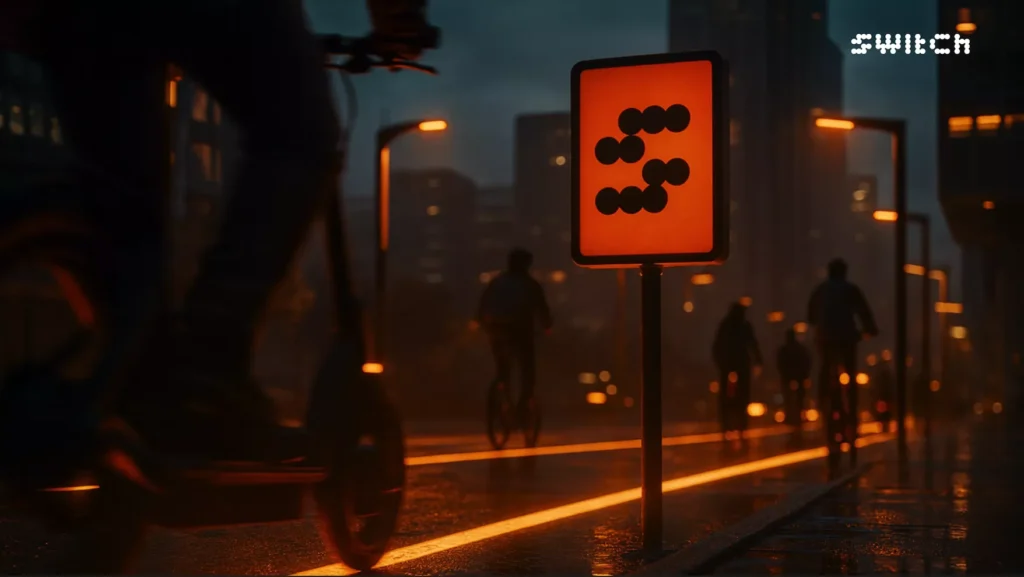

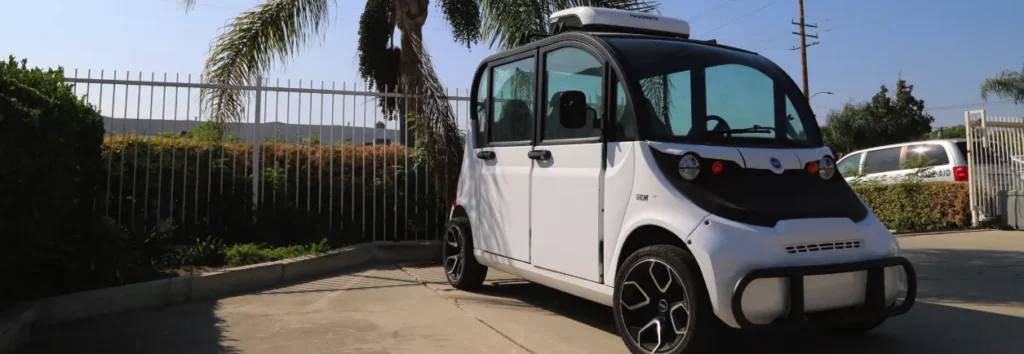
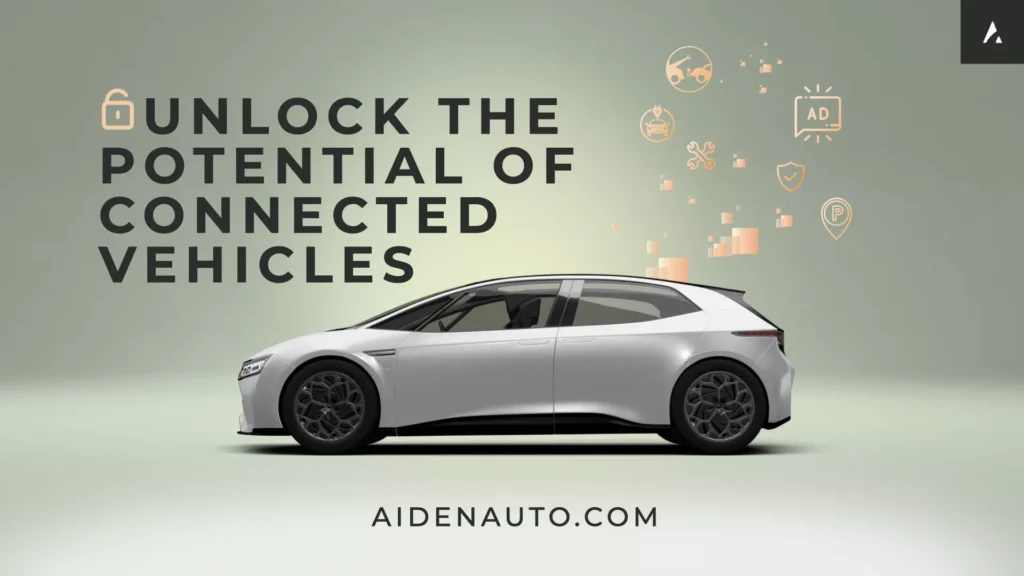





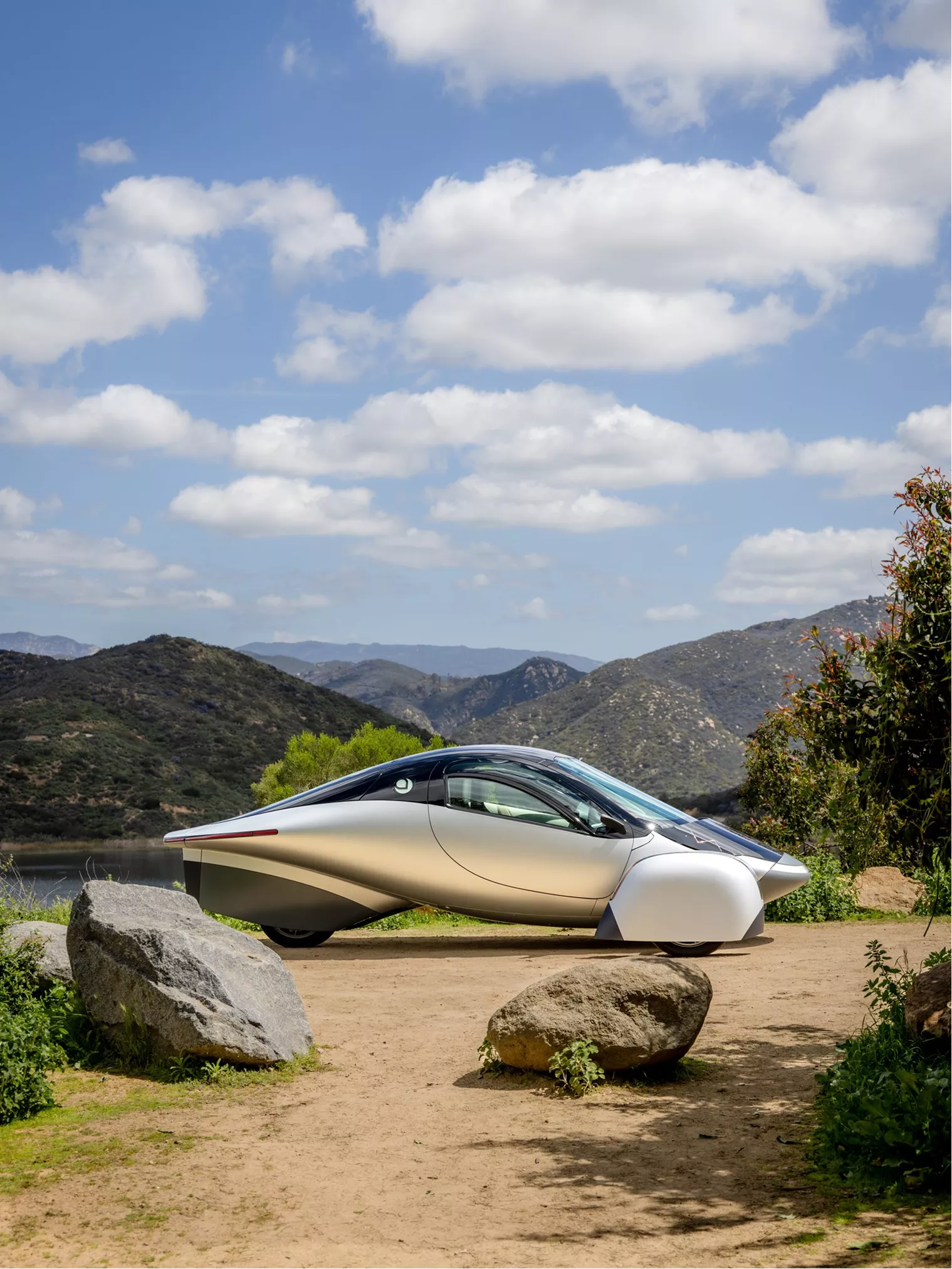
From EVs and batteries to autonomous vehicles and urban transport, we cover what actually matters. Delivered to your inbox weekly.

Port Moody is launching a city-wide electric scooter and e-bike sharing program, a practical step toward better public transit access and lower-emission commutes. The two-year pilot, in partnership with Lime, begins August 2025 and introduces short-range electric micromobility as a new layer in the city’s transport network.
The rollout coincides with Car-Free Day on August 17, when St. Johns Street closes to vehicles and the city promotes walking, biking, and now shared e-mobility. Residents will find 46 designated parking zones near bus stops, parks, and civic hubs—intentionally placed to simplify transfers between scooters, bikes, and transit lines.
Nearly every neighborhood will be within 500 metres of a parking area—a five-to-ten-minute walk at most. City planners prioritized density and convenience over novelty, aiming for usable infrastructure, not scattered pilot zones. Any resident 16 or older can use the service, a move that broadens access for students, workers, and visitors without cars.
For a city of Port Moody’s size, the network is surprisingly comprehensive. Instead of concentrating vehicles downtown or near tourist hot spots, the city is building daily usability into the system—focused on short, routine trips. Other cities have learned that without smart density, micromobility programs struggle to stick. Here, coverage seems dialed in for regular use.
The pilot gives the city two years to study real usage: where patterns emerge, what education gaps exist, and how parking zones might evolve. That’s long enough to refine the system—or decide if it scales.
More mid-sized cities are looking for credible ways to cut emissions and curb car dependence. Port Moody isn’t pitching this as a revolution. It’s betting that smaller shifts—placed in the right places—can change how people move.